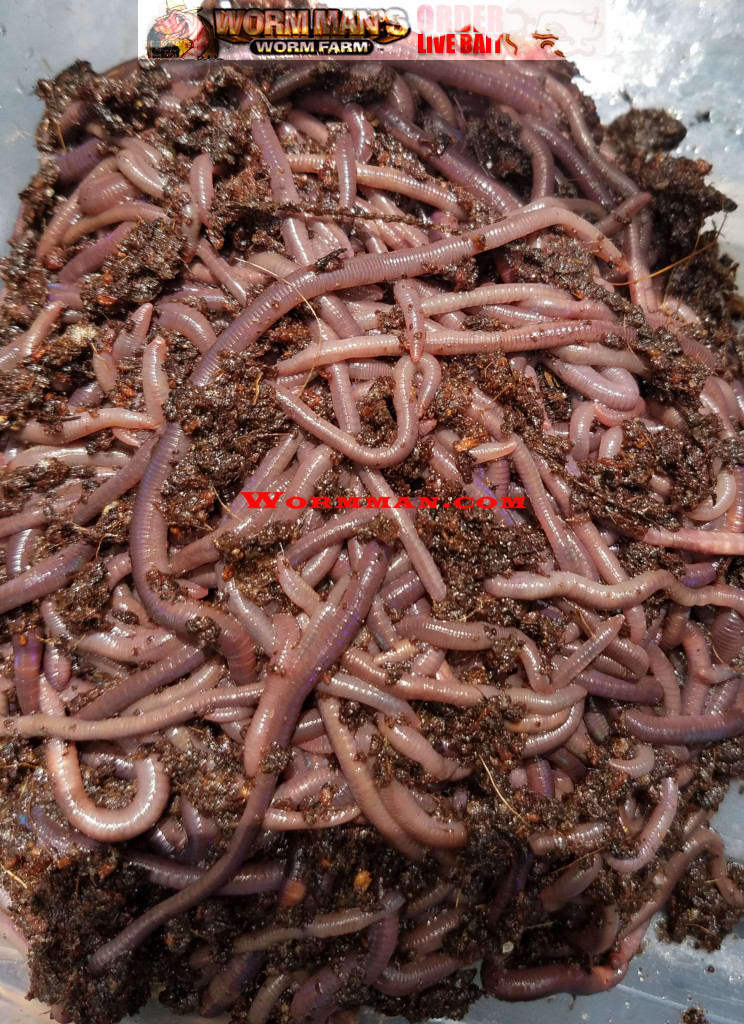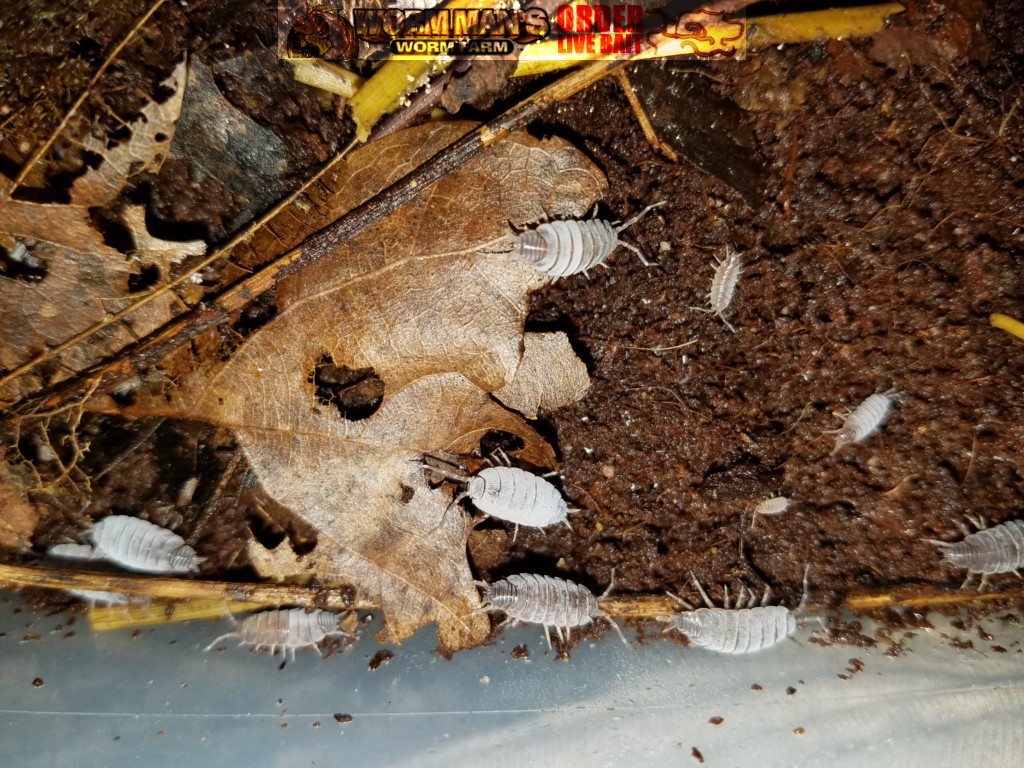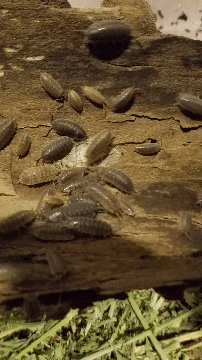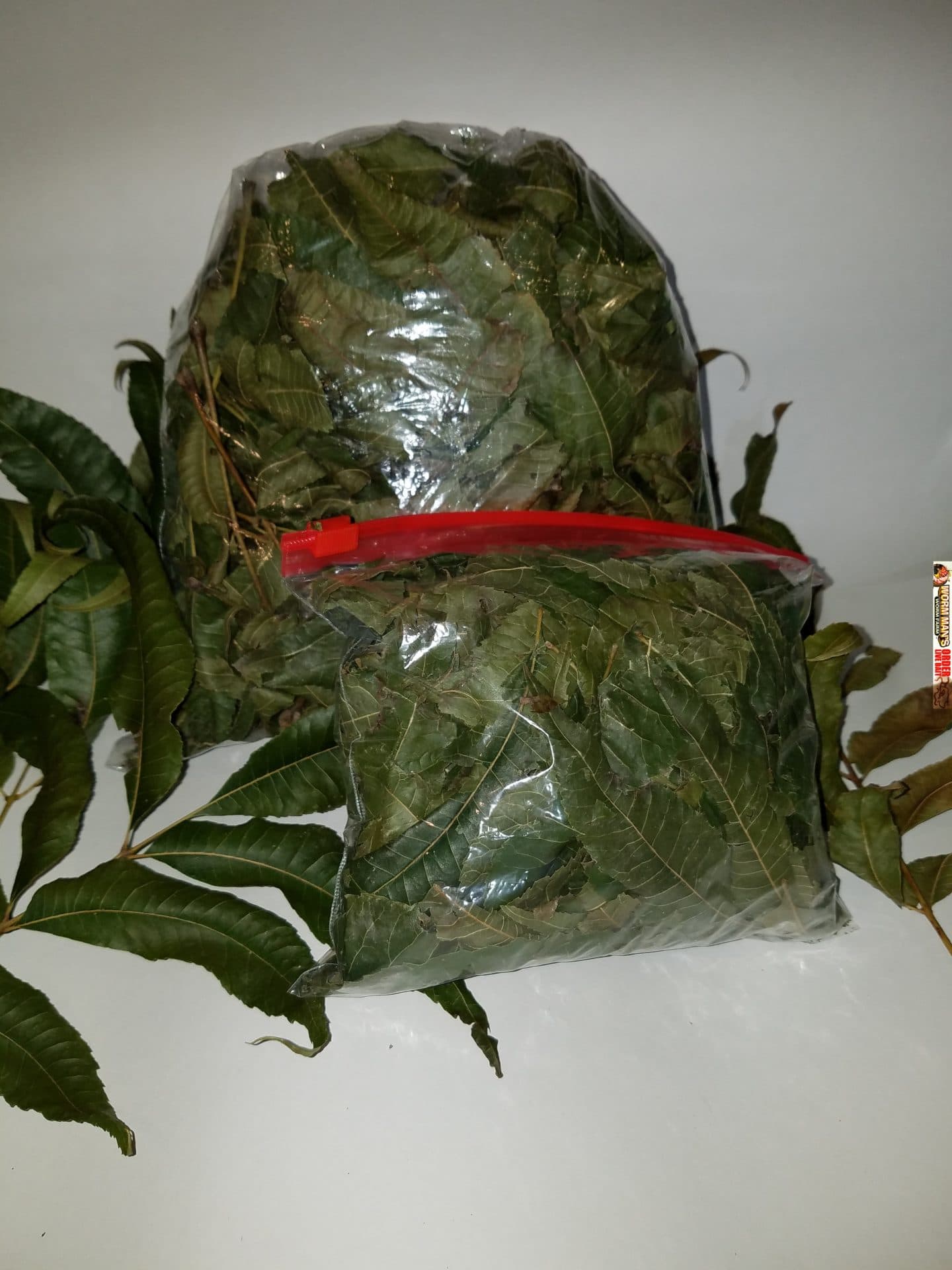
All living creatures eat…most do anyway. Carnivores like Meat while Herbivores are like leaves. But do you know who really takes the dirt cake? Detritivores: literally, trash eaters. They eat decaying matter like leaves, grasses, and manure. Some of the best detritivores are Earthworms.
How does a slimey wiggly worm turn dead plants, decomposing animal bits, weird fungi, and even mold and manure into nutrient rich compost?
Let’s break down, and digest, the process of the worm’s end product. Worm castings are formed after the worm food takes a straight shot from mouth to anus with a brief stop in the gizzard to be ground up and then the gut where the garbage is broken down. Before we get to the chemistry, some biology and physics. Earthworms are part of a superfamily of invertebrates called megadriles that have fascinated Humans for centuries. Even Charles Darwin wrote a book on the glorious creatures. As I said, worms process food in a straight shot: Their guts don’t twist and turn like ours. Up front is a toothless mouth, then a series of muscles that suck detritus in.
Just after the earthworm mouth is a curious set of glands that secrete a milky liquid containing calcium carbonate – the same stuff that makes up seashells. The dirt where worms make their home has a lot of CO2 in it which can impact a worm’s body chemistry, making its blood more acidic. So this gland is a way for worms to balance out their CO2 with soil calcium, which, by the way, means less CO2 makes it into the atmosphere. Earthworms have a gizzard, too. Where churning muscles crush the incoming food thanks to bits of sand and rock the earthworm has sucked up. So the earthworm’s intestine receives some crushed dirt including plant bits like dead leaves and bark that no human could hope to digest. For us, a happy human gut is one that regularly has a bit of fiber pass on through. But earthworms eat almost entirely fiber, so how do they get any nutrients? Enter a quartet of enzymes: amylase, lipase, pepsin, and cellulase.
These specialized proteins chop and modify swallowed food into molecules the body can take in. We humans have three of these enzymes: amylase in our saliva breaks down starches. Worms just happen to keep their spit in their guts. Lipase breaks down fats so earthworms can digest plant oils. Then pepsin breaks down proteins to digest animal bits. But earthworms can make a dinner of all that vegetable-y fiber thanks to cellulase. As its name suggests, this enzyme breaks down cellulose, the hard fiber that gives leaves structure and lets trees stand tall with wood and bark. Given enough time, no dead tree is a match for Slimey! All forest litter is not a tasty dirt sandwich, however. Many plants contain toxins that defend them from hungry creatures. Polyphenols contain a class of toxic molecules that cause illness or death to insects. But earthworms, who can’t avoid munching polyphenols up, have molecules in their gut called drilodefensins. It seems only soil-dwelling megadriles contain drilodefensins, which is why they can chew right through those dead plants.
A few enzymes aren’t the only digestive trait we share with earthworms. We both have gut bacteria showing just how tiny microbes are. Not surprisingly, gut microbes in earthworms are soil bacteria that chew nitrogen out of the plant material, taking in nitrates and nitrites and expelling nitrogen gas in a process called denitrification. Which leads us to consider what comes out in the end … of the earthworm. Biologists call earthworm poop “castings”. Given what happens in worms’ guts, we here at Reactions call this chemically processed, calcium injected, black stuff, mana. So here’s why worm poop is a big deal. Earthworms munch up indigestible garbage and cast out soils that can support healthy ecosystems: Earthworms break down all that cellulose that could clutter up, then choke out forests. A herd of earthworms can munch over 20 tons of dead organic matter per acre per year: all around the world there are examples where they’ve transformed bad grazing land into bountiful fields. This is why composters love earthworms — they’re like earth’s little garbage people. Thanks little guys! Of course, it’s worth saying that there are invasive earthworms disrupting ecosystems in some places.
It’s not all sunshine and ponies in the earthworm world. The nitrogen returns to the atmosphere, eventually completing the nitrogen cycle, so other plants can mine that vital element anew and make food for organisms like us. And all those worms drill little tunnels through the soil to let air and water get deeper to feed strong roots of plants and trees.
What do you think? Want to try your hand at vermicomposting? Let us know below or go to http://www.wormman.com for some composting worms and supplies.















You must be logged in to post a comment.